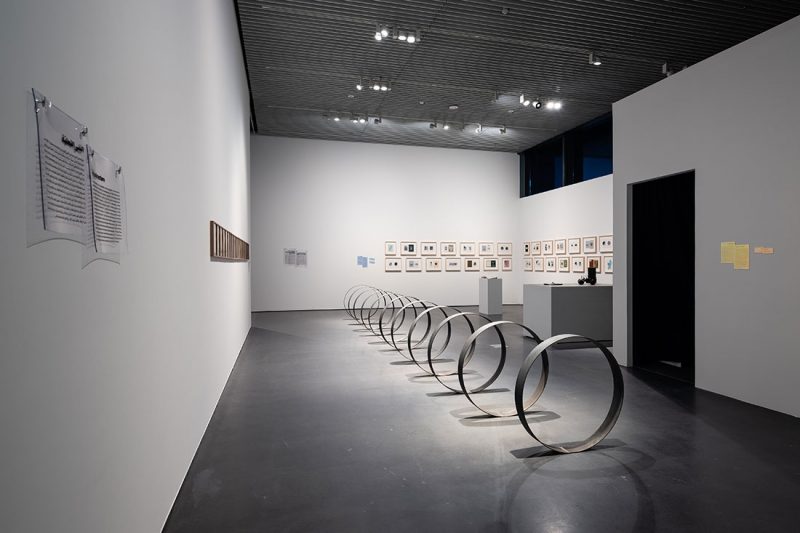Rayyane Tabet (b. 1983, Achqout) lives and works in Beirut.
Rayyane Tabet holds a Bachelor’s in Architecture from Cooper Union, New York, and an MFA from the University of California, San Diego. Tabet’s work explores the relationship between history and the built environment. His multi-faceted installations often reconstitute the perception of physical and temporal distance. Tabet has had solo shows at Kunstverein in Hamburg (2017), daadgalerie, Berlin (2017), Witte de With Center for Contemporary Art, Rotterdam (2017), Museo Marino Marini, Florence (2016) and Trouw Amsterdam (2014). His work was featured in the 21st Biennale of Sydney (2018), the 15th Istanbul Biennial (2017), the 32nd Bienal de São Paulo (2016), the 6th Marrakech Biennale (2016), Sharjah Biennial 10 and 12 (2011 and 2015), the 55th Venice Biennale (2013) and the 2nd New Museum Triennial (2012). Named the best emerging artist of Sharjah Biennial 10, he is a special winner of the Future Generation Art Prize (2012) and a recipient of the Abraaj Group Art Prize (2013). He is represented by Sfeir-Semler Gallery, Beirut and Hamburg.
